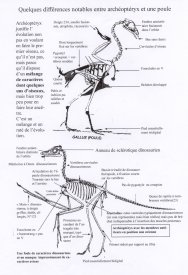Will
Active Member
That's really interesting, especially if you get to the point where you're able to breakdown a decision making process in logical steps as it happens.
Could be scary when the marketing folks get hold of that technology:
"So Hal, given this advertising brochure of soft drinks, why did you choose SuperBrandX Cola vs. RegularBrandX Cola?"
Could be scary when the marketing folks get hold of that technology:
"So Hal, given this advertising brochure of soft drinks, why did you choose SuperBrandX Cola vs. RegularBrandX Cola?"




